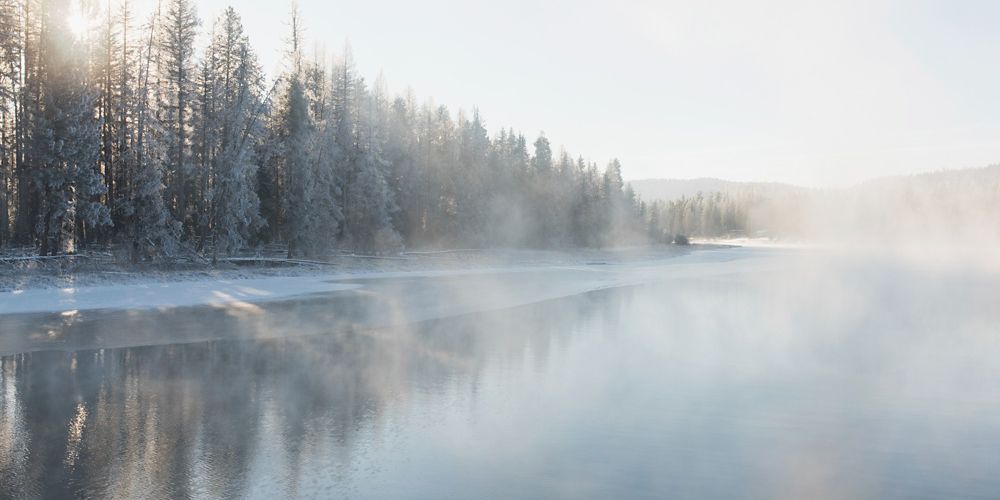Follow the Science
With a grounding in rigorous conservation science, we take innovative approaches from idea to impact, scaling to achieve system change.

How Women Contribute to Conservation Around the World
Women help the global conservation community achieve success despite setbacks, obstacles, and a global pandemic.

A Climate for All of Us
The Nature Conservancy’s new chief scientist, Katharine Hayhoe, shares why she cares about climate change and her fears about who will be hit hardest by its impacts.

One Conservancy Science 2024 Impact Report
Discover the impact of the One Conservancy Science Program at TNC, where over 1,000 scientists worked in 2024 to drive innovation, conservation, and real-world change.

Conservation by Design
Conservation by Design has unified our efforts around the world by providing a common language and consistent approach to conservation science across the diversity of systems, cultures and geographies.
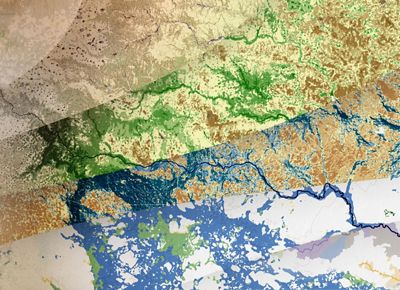
Geospatial Annual Report Digital Companion
Discover the integral role of geospatial mapping technologies in prioritizing conservation science to achieve our goals and earn the best return on conservation investments around the world.
Our 2030 Goals
-
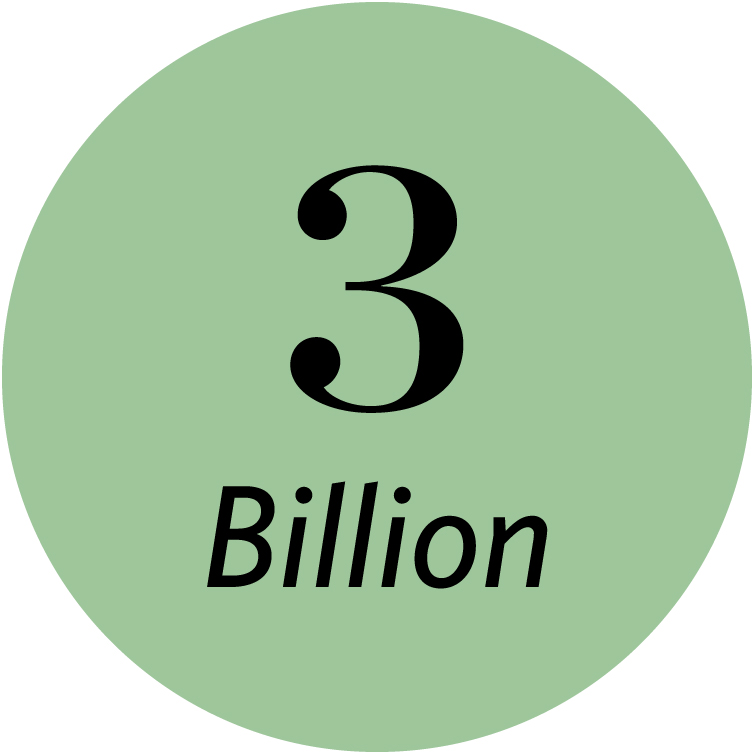
Avoid or sequester 3 billion metric tons of CO2 emissions annually
Using the power of nature and strength of policy and markets to store carbon, support the renewable energy build-out and reduce emissions equivalent to nearly 10% of global emissions from fossil fuels. Learn about Natural Climate Solutions.
-
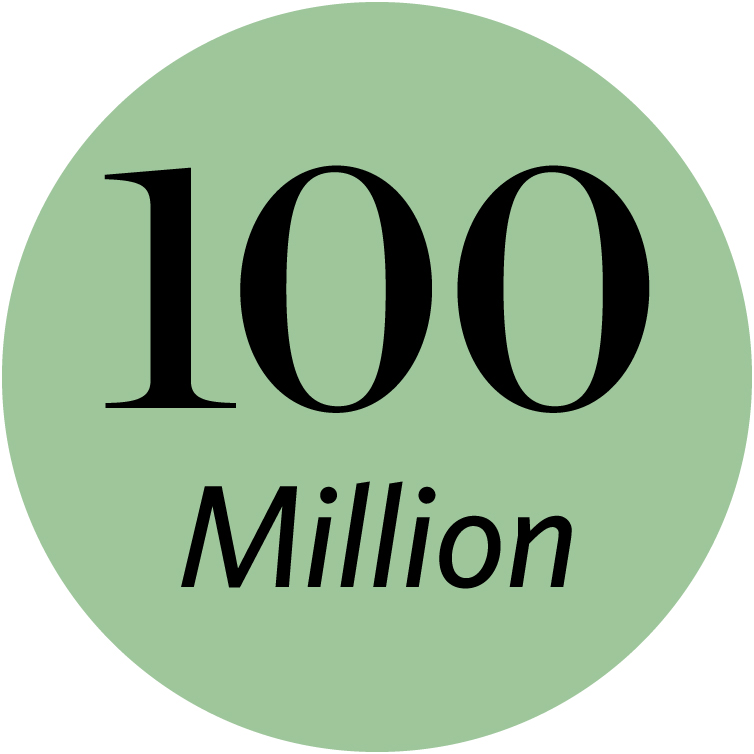
Help 100 million people at risk of climate-related emergencies
Protecting and restoring the health of natural habitats—from mangroves and reefs to floodplains and forests—that help protect communities from storm surge, extreme rainfall, severe wildfires and sea level rise. How we're strengthening coastal resilience.
-
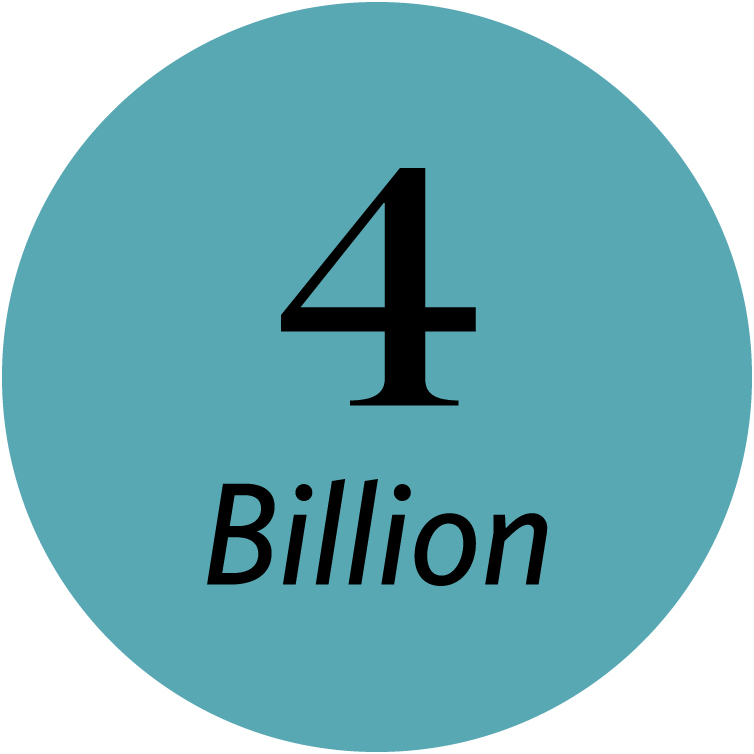
Conserve 4 billion hectares of ocean
Making sure the oceans thrive through new and better-managed protected areas, global-scale sustainable fishing, innovative financing and positive policy changes to how the world governs the seas. Learn how climate-ready fisheries can restore ocean health.
-

Conserve 650 million hectares of land
Partnering with communities across the globe to restore & improve management of working lands, support the leadership of Indigenous peoples as land stewards, & conserve critical forests, grasslands and other habitats rich in carbon & biodiversity. Explore our conservation projects around the world.
-
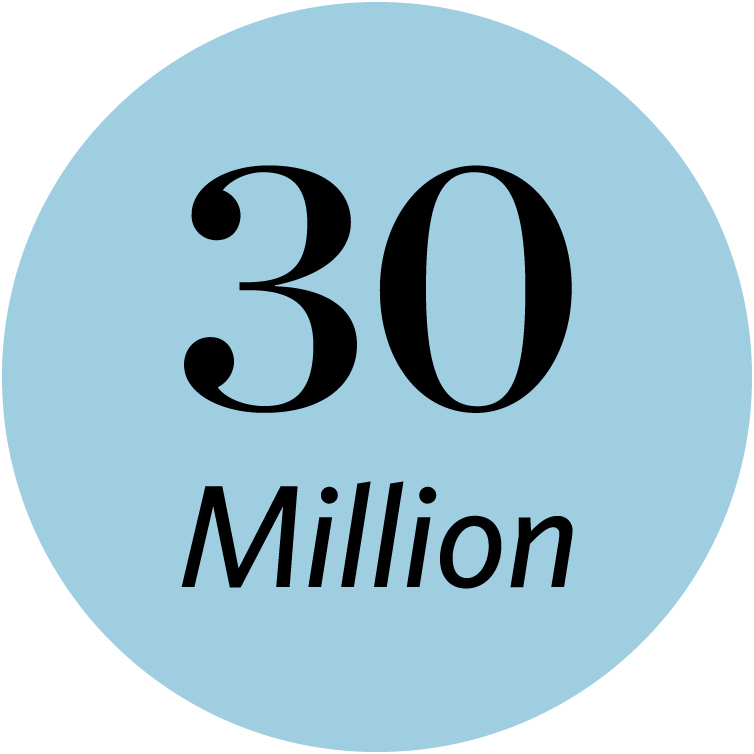
Conserve 30M hectares of lakes & wetlands, 1M kilometers of river systems
Promoting innovative solutions and policies that improve the quality and amount of water available in freshwater ecosystems and to communities. Read more on our sustainable rivers projects.
-
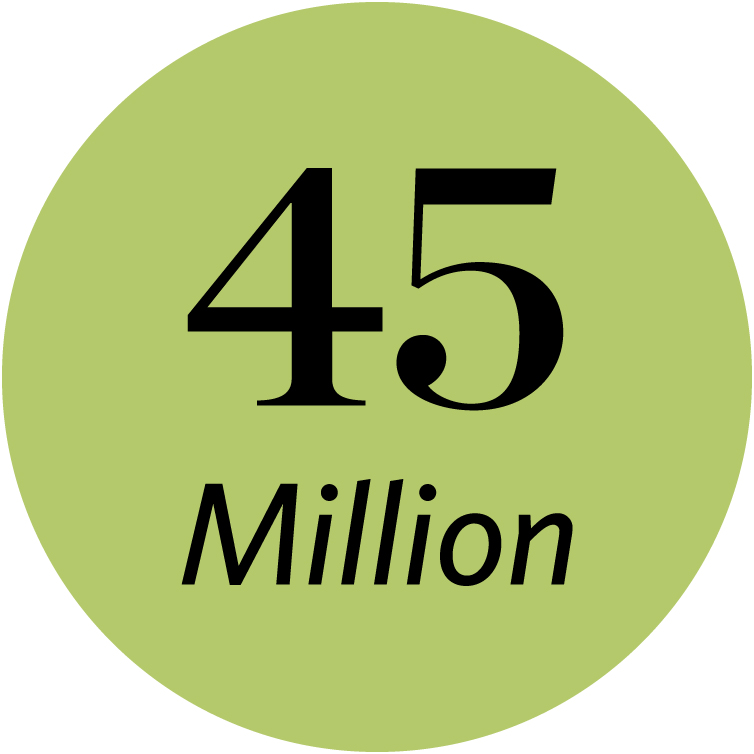
Support 45 million people, partnering with local and Indigenous communities
Partnering with Indigenous Peoples and other communities to learn from and support their leadership in stewarding the environment, securing rights to resources, improving economic opportunities and shaping their future. Learn how we partner with Indigenous Peoples and local communities.
Climate Change: Explained









